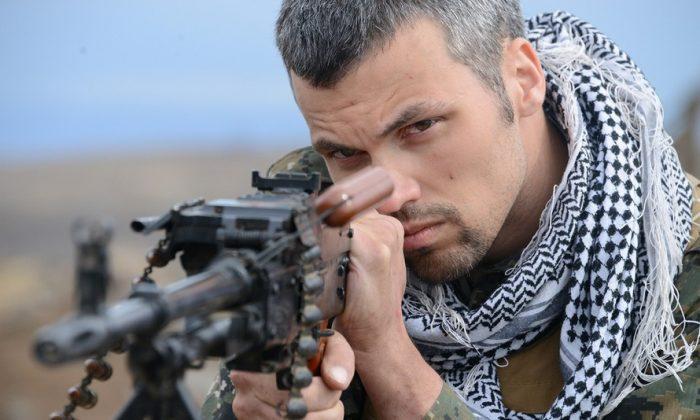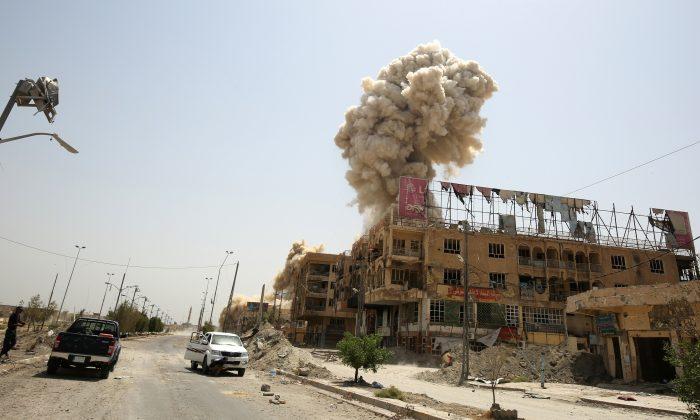NEW YORK—The state of New York is putting communities hardest hit by years of recent storms at the center of long-term rebuilding and recovery plans.
The NY Rising Community Reconstruction program includes over 100 communities across the state, all impacted by Tropical Storm Lee, Hurricane Irene, and Superstorm Sandy. The communities are eligible for awards from $3 million to $25 million. In New York City, 10 communities are earmarked as NY Rising reconstruction areas.
Lower Manhattan below 14th Street is eligible for up to $25 million based on FEMA-assessed damage levels. The available funds are not limited to that, though. Other NY Rising funds are possible for design innovation, outstanding public engagement, and regional coordination. There are also nine other city, state, and federal funding sources that can be factored into the planning process.
The core of the program is that plans for reconstruction programs are firmly rooted in community input. The plans must consider current damage, future threats, and economic opportunities.
As part of the planning process, which will run through March 31, the Lower Manhattan community held its first of four public meetings on Wednesday, Oct. 30.
“Study after study has shown that communities that work together are more resilient,” said Catherine McVay Hughes, president of Manhattan Community Board 1, at the start of the meeting.
She emphasized that part of New York Gov. Andrew Cuomo’s mission statement is to “be bold and come up with new ideas.”
McVay Hughes is part of a planning committee responsible for driving the process forward. Every regional planning committee includes community leaders, local residents, an area representative, elected officials, and business or community leaders. Elected officials will have no vote in the planning process to keep it free of political influence.
At the Wednesday meeting, the room was full of residents, business owners, and community leaders, as well as a representative from the mayor’s office. People were invited to add comments to the draft mission statement posted on the wall.
Also posted was a list of the needs and opportunities in Lower Manhattan that have already been determined in planning committee meetings. The list includes 17 items under the categories of economic development, housing, health and human services, natural and cultural resources, infrastructure, and community planning and capacity building. The committee emphasized repeatedly to the group of a few dozen at the meeting that public engagement is the lynchpin of the overall process.
“The community knows best—that’s why we’re here to get your feedback,” said Daniel Ackerman, chief of staff of the Downtown Alliance, a business advocacy consortium. “Tell your neighbors what we’re doing. The more feedback, the better.”




